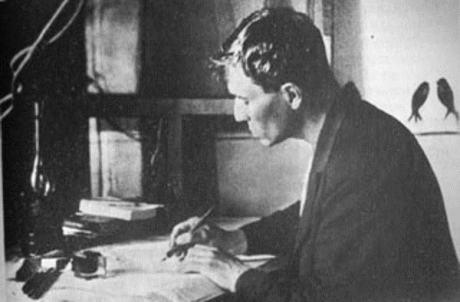History of Chistopol
18th Century
Foundation
 The area around modern-day Chistopol is believed to have first been settled in the late 17th or early 18th century. It was first mentioned in the 18th century as the village of Chistoe Pole, which translates as 'clean field'. One theory of the reason behind the name is that the area was first settled by run-away serfs who wished to make a new life for themselves. However they were later exiled from here, but new settlers came and saw how in this abandoned areas there were ploughed fields but these were empty. Nevertheless the settlement grew quickly and in 1781 Empress Catherine the Great granted it city status and made it the centre of the Chistopol District of the Kazan Governorate. At the same time the city officially became known as Chistopol and it received a coat of arms depicting a golden gauged measuring jug.
The area around modern-day Chistopol is believed to have first been settled in the late 17th or early 18th century. It was first mentioned in the 18th century as the village of Chistoe Pole, which translates as 'clean field'. One theory of the reason behind the name is that the area was first settled by run-away serfs who wished to make a new life for themselves. However they were later exiled from here, but new settlers came and saw how in this abandoned areas there were ploughed fields but these were empty. Nevertheless the settlement grew quickly and in 1781 Empress Catherine the Great granted it city status and made it the centre of the Chistopol District of the Kazan Governorate. At the same time the city officially became known as Chistopol and it received a coat of arms depicting a golden gauged measuring jug.
19th Century
Grain Production

In the 19th century Chistopol became a major centre for grain production and over half of its territory was dedicated to grain and bread production and trade. On the banks of the Kama there were special granaries, barns and flour and grain stores, as well as docks for goods, bread and passengers. During this period of economic success grand two-storey civic, residential and public buildings were built, out of both wood and brick, around the historical centre; many of which survived today. By the end of the 19th century, Chistopol was the second largest city in the Kazan Governorate after Kazan.
20th Century
Evacuation

In 1941 during the Second World War many famous writers were evacuated to Chistopol. These included Nikalai Aseev, Anna Akhmatova, Boris Pasternak, Arseny Tarkovsky and Aleksandr Fadeev. In August 1941 the poet Marina Tsetaeva, who was evacuated to Yelabuga, briefly visited Chistopol and hoped to return there to be with the other evacuated writers. However less than a week after her visit she committed suicide in Yelabuga.
Vostok Watches

It was not only people that were evacuated to Chistopol. In 1942 a major watch factory was transferred to Chistopol. During the war years the factory was used for military needs but returned to making civilian products immediately after the war's end. In the 1960s the factory adopted the brand name Vostok and watches under this mark became very popular among Soviet citizens. The Vostok Watch Factory went bankrupt in 2010 and was divided into several smaller entities, some of which still produce watches, but since the fall of the Soviet Union, its products have seen a decline in popularity, with new Russian businessmen seeing Western brands such as Rolex as more prestigious timepieces.
21st Century
Historical City

In the list of Historical Cities of Russia was revised and shorted. Whereas there were previously 478 historical cities on the old list, the new list contained only 41. Despite only being founded in the 17th or 18th century, Chistopol remained on this new list as much of its 19th century buildings and planned historical centre has remained intact. The city has therefore retained the atmosphere of a 19th century provincial merchant city, when this has been completely lost in other cities, even if they are older than Chistopol.

 History
History